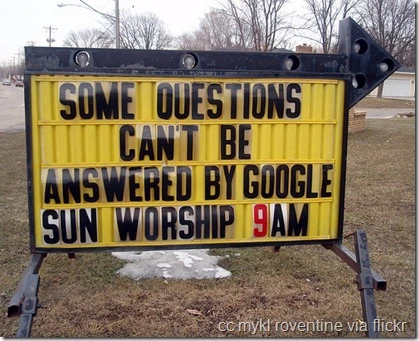
When I look back over the 30 years that I’ve been on this planet, the amount of technological progress we’ve made as a society has been nothing short of stunning. It’s impacted the way that we work, play, communicate, and ridicule those “who” are less grammatically “inclined” than we are. And yet, despite all of the incredible innovation out there today, we still have a few things that just plain suck.
The washing machine is one of them.
And not just the washing machine itself, but the entire process of transforming dirty clothes into clean clothes is broken. Let’s take a look at my laundry workflow.
First, at the end of the day, dirty clothes are taken off and tossed into a laundry basket, where they are piled up in a heap left to sit for about a week. Once there are enough clothes for a load of laundry, I manually carry the clothes down a flight a stairs to the washing machine. I need to separate the clothes into whites and darks, start up the machine, and measure out the right amount of soap.
While the washing machine is running, it’s having a considerable impact on energy and water use. An average washing machine accounts for 14% of household water usage, and emits 160 lbs of CO2 each year (source). Also, most laundry detergents contains phosphates and other chemicals that can be harmful to the environment.
Once the machine is done after about an hour, I need to go back downstairs, pull wet clothes out of the machine and put them into the drier. After checking the lint trap to make sure that it’s clean and adding a drier sheet, I need to set the timer and wait another hour for the clothes to dry. While running, each load burns another 4.4 lbs of CO2 (source).
After the clothes are done drying, that’s where the real fun begins. I bring the clothes upstairs (quickly, to avoid wrinkles), and go through the process of folding and hanging up clothes to put back in the closet and drawer.
Along with the time involved with this process, there’s also considerable expense. The washer and dryer each cost between $500 and $1000, and they need special electrical outlets and water hookups to run. You also need a fairly large amount of space in your house/apartment dedicated to this task. And, of course, if you don’t have enough space, you need to load up your clothes and spend a few hours at a laundry mat.
OK – so I know I sound like a huge whiner, but the point I’m trying to make is that there is this process that has multiple pain points across time, money, and environmental impact. Any innovation that could greatly reduce or eliminate those issues would surely result in the potential for massive profits. And yet, I haven’t seen any progress made to apply our 2009 knowledge to fix a broken 1930’s solution.
The fundamental question is: why?
This actually reminds me a lot of the situation we’re in now with automobiles. While cars today are more advanced than previous models, we’re still using the same old core technology wrapped in a nicer package. One reason that a major change such as a move to electric cars hasn’t taken place yet is that gas-powered cars have such a massive legacy infrastructure of gas stations that have been built out over the past 100 years.
However, I feel like that’s a solvable problem – the real problem is that the general population has a set perception of what a car is supposed to be. Switching over to something completely new and different is a huge leap of faith, and as you increase the cost and necessity of the item, you also reduce the chance that someone will branch out and try something new.
That’s why it’s so easy to innovate on the web, where trying out something new will only cost a few minutes of your time, and so hard to innovate on something like a car (or washing machine), where the cost of choosing something new and risky has a massive economic impact in the case of failure.
So, despite the issues involved with brining a total new clothes-washing paradigm to market, let’s look at what a perfect cleaning workflow would look like.
First, let’s do away with the water. That would take away the environmental impact of both the washing and drying, and would also take out the need to have a separate water hookup (which provides more flexibility in where it can be set up).
Next, forget this whole business of putting the clothes off a rack, into a pile, moving them around a bit, and placing them back on the rack. Instead, I was to just take my clothes off at the end of the day and hang them back on the rack. When I wake up in the morning, I want those garments that I hung up the night before to be clean and ready to wear again.
One way to do this is to add on a special compartment to one end of a closet. Clothes that are hung up in the compartment could use a combination of ultraviolet light, ultrasonic waves, micro lasers, and specialized nanobots to both remove odors and spot-treat any spots or stains. Once the clothes are cleaned, the compartment opens and the clothes are automatically moved into the main closet.
Of course you could poke a hundred different holes in this plan (I’m looking at you, random Internets commenters!), but if some random nobody like me can crank out an idea like that in a few minutes, just imagine what kind of real progress we could make if some of the world’s smartest engineers and entrepreneurs got to work on this?
Edit: Here’s a link to some washing machine patents to see some of the latest innovations taking place.
So, what do you think? Anyone else hate doing laundry as much as I do? To stay update on my latest ideas and essays, you can follow me on Twitter at @astartupaday.
47.606209
-122.332071











You must be logged in to post a comment.